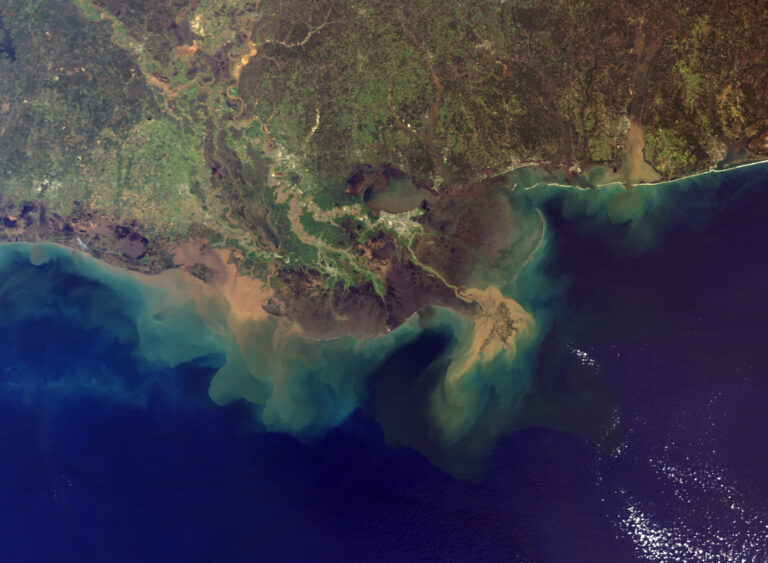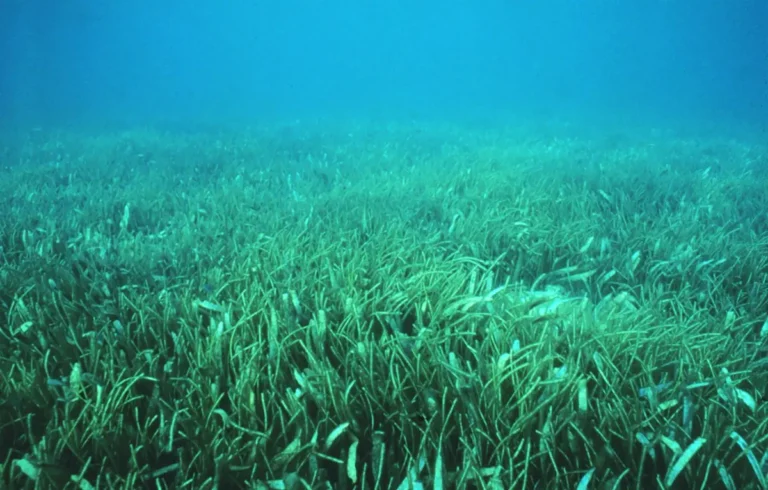Project Search
Are you looking for reporting templates for your project?
Search
Sort Results
Refine Results
Focus Area
Region
Principal Investigator(s)
Project Partners

Among the NOAA designated Large Marine Ecosystems, the Gulf
of Mexico (GOM) remains poorly understood in terms of its current OA conditions, despite its
ecological and economic significance...
of Mexico (GOM) remains poorly understood in terms of its current OA conditions, despite its
ecological and economic significance...
The U.S. Northeast Shelf Large Marine Ecosystem, supports some of the nation’s most economically valuable coastal fisheries, yet most of this revenue comes from shellfish that are sensitive to ocean..
- PI(s): Samantha Siedlecki
- Fiscal Year Funded: 2019
- Grant Award # NA19OAR0170351
- Partners: University of Connecticut
-
Publication(s):
- Multiple Linear Regression Models for Reconstructing and Exploring Processes Controlling the Carbonate System of the Northeast US From Basic Hydrographic Data
- Impaired hatching exacerbates the high CO2 sensitivity of embryonic sand lance Ammodytes dubius
- Multiple Linear Regression Models for Reconstructing and Exploring Processes Controlling the Carbonate System of the Northeast US From Basic Hydrographic Data
- Projecting ocean acidification impacts for the Gulf of Maine to 2050: New tools and expectations
Over the past 15 years, waters in the Gulf of Maine have taken up
CO2at a rate significantly slower than that observed in the open oceans due to a..
CO2at a rate significantly slower than that observed in the open oceans due to a..
- PI(s): Jeremy Testa
- Fiscal Year Funded: 2018
- Grant Award # NA15NOS4780184
- Partners: University of Maryland
-
Publication(s):
- Decoupling of Estuarine Hypoxia and Acidification as Revealed by Historical Water Quality Data
- Eutrophication, Harmful Algae, Oxygen Depletion, and Acidification
- Assessing drivers of estuarine pH: A comparative analysis of the continental U.S.A.’s two largest estuaries
- Chesapeake Bay acidification buffered by spatially decoupled carbonate mineral cycling
- Understanding Anthropogenic Impacts on pH and Aragonite Saturation State in Chesapeake Bay: Insights From a 30-Year Model Study
The wild oyster industry has suffered repeated collapses in the Chesapeake Bay due to overharvesting, disease, and declining environmental conditions. How future conditions will affect the Eastern oyster remain uncertain,..
- PI(s): Ruairidh Morrison
- Fiscal Year Funded: 2018
- Grant Award # NA18NOS4780178
How will nearshore and coastal ecosystems respond to ocean and coastal acidification in the Northeast? How will these changes affect human communities? An absence of actionable information and understanding of..

- PI(s): Emily Rivest, Virginia Institute of Marine Science
- Fiscal Year Funded: 2018
- Grant Award # NA18NOS4780177
- Partners: Virginia Institute of Marine Science
This modeling project will identify the threshold of acidification beyond which the economically important Eastern oyster is negatively impacted and will evaluate the potential benefit of seagrasses in protecting oysters..


